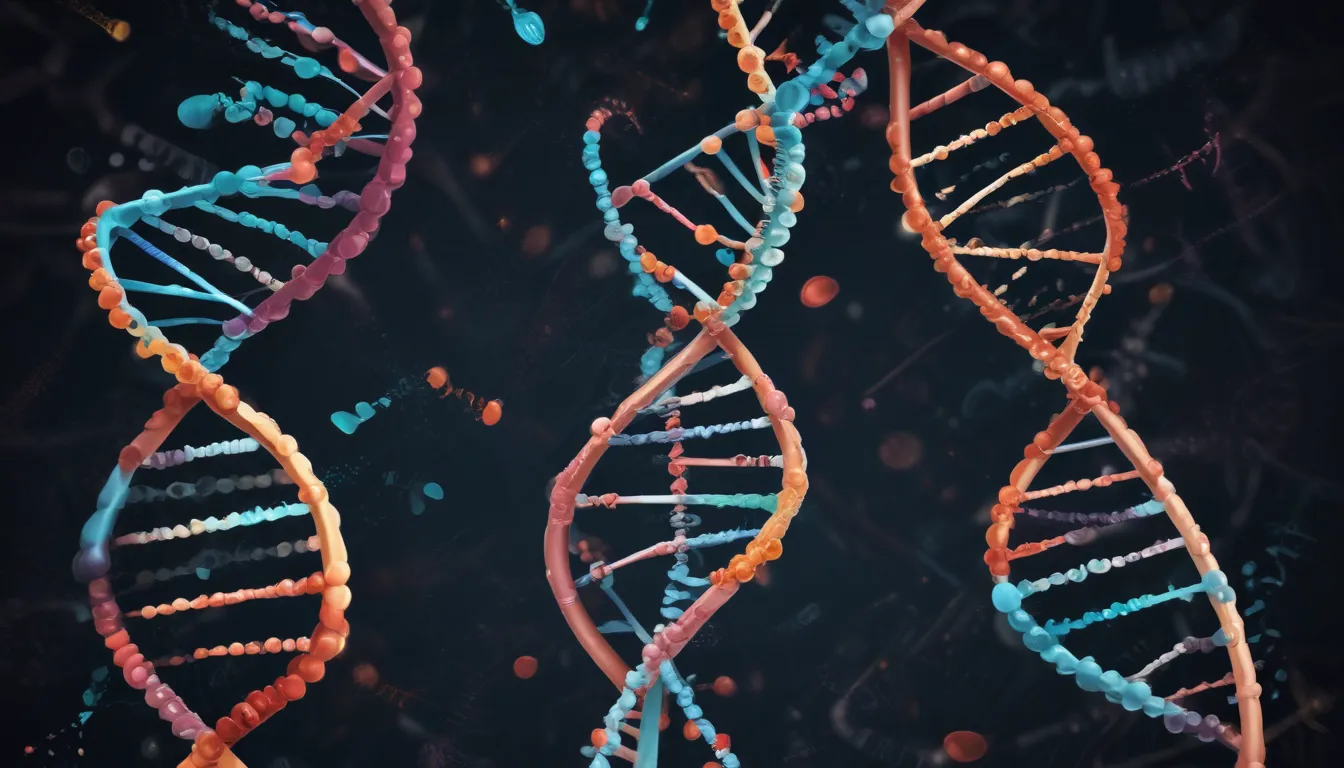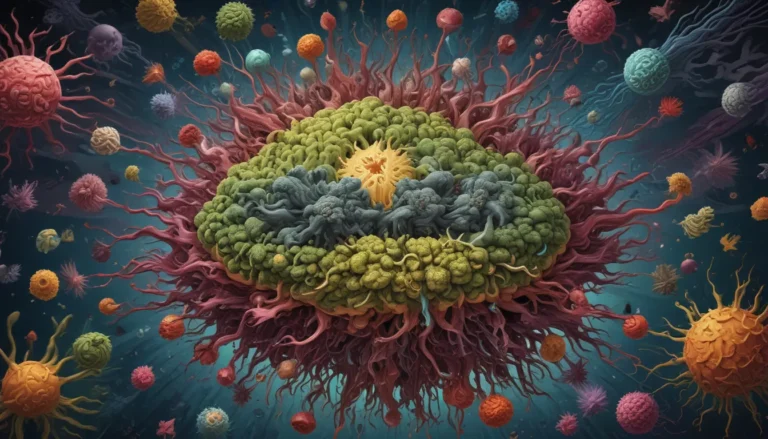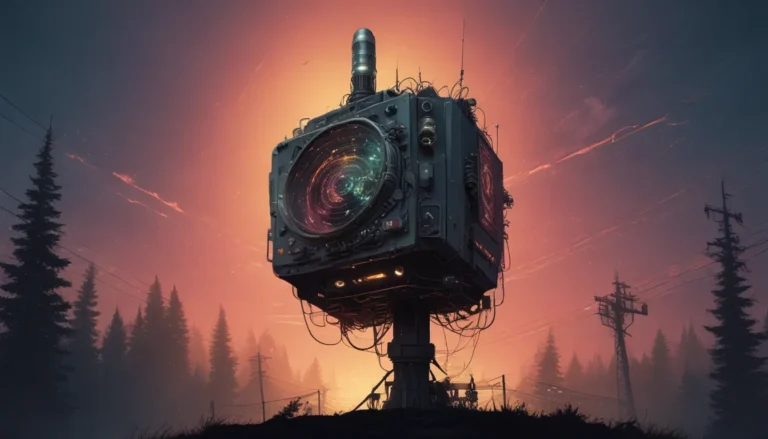A Note About Images: The images used in our articles are for illustration purposes only and may not exactly match the content. They are meant to engage readers, but the text should be relied upon for accurate information.
In the intricate world of the human body, DNA mismatch repair shines as a truly remarkable phenomenon. DNA, the foundation of life, is constantly under threats from damage and errors. DNA mismatch repair swoops in like a molecular superhero, detecting and fixing mistakes that crop up during DNA replication. This process acts as a genetic spellchecker, meticulously scanning DNA strands for any discrepancies or errors. The precision and efficiency of DNA mismatch repair are truly awe-inspiring, as it works tirelessly to prevent mutations from accumulating and maintain the stability of our genetic material. Join us as we delve into 9 astounding facts about DNA mismatch repair, shedding light on its significance and complexities.
Delving into the World of DNA Mismatch Repair
DNA mismatch repair serves as a genetic spellchecker, ensuring the accuracy and health of our DNA. This process is essential for the preservation of genetic integrity and plays a pivotal role in maintaining the stability of our genetic material. Scientists are actively exploring how DNA mismatch repair could pave the way for new treatments for diseases like cancer, offering a beacon of hope for the future.
Correcting Errors in DNA Replication
During DNA replication, errors can creep in due to various factors such as environmental damage or glitches in the replication machinery. DNA mismatch repair steps in to identify and rectify these errors, preventing them from becoming permanent fixtures in the genome. This meticulous process plays a crucial role in preserving the accuracy of our genetic information.
A Conserved Process Across Species
One of the most remarkable aspects of DNA mismatch repair is its high degree of conservation across different organisms, from bacteria to humans. This universal presence underscores the vital role of DNA mismatch repair in maintaining genetic stability throughout the process of evolution.
Implications for Hereditary Cancers
Mutations in genes involved in DNA mismatch repair, such as MLH1 or MSH2, can elevate the risk of developing hereditary cancers, including Lynch syndrome. Understanding the link between DNA mismatch repair genes and cancer susceptibility opens up avenues for effective prevention and treatment strategies.
Recognizing Various Errors
DNA mismatch repair not only corrects base-pair mismatches but can also detect and repair insertion or deletion errors that may occur during DNA replication. This versatility highlights the adaptability and precision of this intricate process in safeguarding the accuracy of our genetic code.
Coordination Among Protein Complexes
The DNA mismatch repair process relies on a coordinated effort among multiple proteins working in unison. Proteins like MutS, MutL, and MutH collaborate to identify and rectify errors in the DNA strand, showcasing the intricate choreography involved in this repair mechanism.
Distinguishing Between Strands
A standout feature of DNA mismatch repair is its ability to differentiate between the parental and newly synthesized DNA strands. This discrimination allows for targeted repair of errors, ensuring that each strand of DNA is accurately and efficiently maintained.
Interplay with DNA Repair Pathways
In addition to its direct role in repairing DNA replication errors, DNA mismatch repair interacts with other DNA repair pathways, contributing to the overall maintenance of genomic stability. This interconnectedness underscores the holistic approach employed by our cells to safeguard genetic integrity.
Preventing Repeat Expansion Disorders
DNA mismatch repair plays a pivotal role in preventing the expansion of repetitive DNA sequences, which can lead to neurological disorders like Huntington’s disease. By maintaining the integrity of DNA sequences, this repair process acts as a key guardian against the development of debilitating conditions.
Exploring Therapeutic Applications
Given its critical role in maintaining genomic stability, DNA mismatch repair is a prime target for researchers studying potential therapeutic applications. By unraveling the intricacies of this repair pathway, scientists aim to develop targeted therapies for diseases stemming from DNA replication errors, offering promising solutions for future medical advancements.
Journeying into the Realm of DNA Replication and Repair
DNA mismatch repair is a fascinating process that underscores the complexity and precision of our genetic machinery. However, it is just one piece of the intricate puzzle that governs the integrity of our genetic information. Exploring other essential processes like DNA polymerase proofreading and homologous recombination provides a more comprehensive understanding of how our cells meticulously preserve the accuracy of our DNA.
Honoring Quality Content
Our dedication to delivering accurate and engaging content is at the core of our mission. Each fact on our platform is contributed by real users like yourself, enriching our database with a wealth of diverse insights and information. Our meticulous editorial process ensures that every submission undergoes thorough scrutiny, guaranteeing not just fascination but credibility with each fact we share. Trust in our commitment to uphold quality and authenticity as you embark on a journey of exploration and learning with us.
In Closing
In conclusion, DNA mismatch repair emerges as a captivating biological process that safeguards the sanctity of our genetic information. Through its intricate mechanisms and far-reaching implications, this process stands as a cornerstone in maintaining genetic stability. By unraveling the mysteries of DNA mismatch repair, we unlock the doors to groundbreaking discoveries and advancements in genetic medicine. Our understanding of this intricate process continues to expand, offering new insights into the complexities of life itself.






